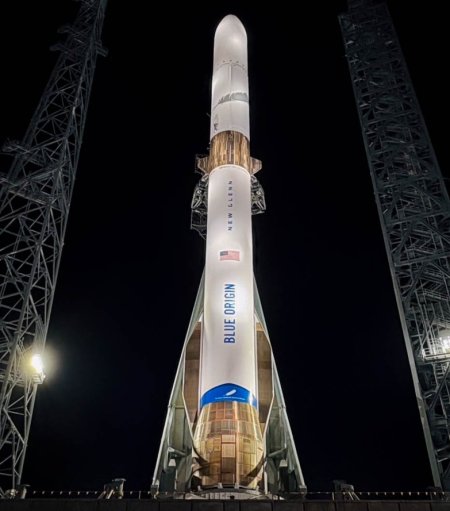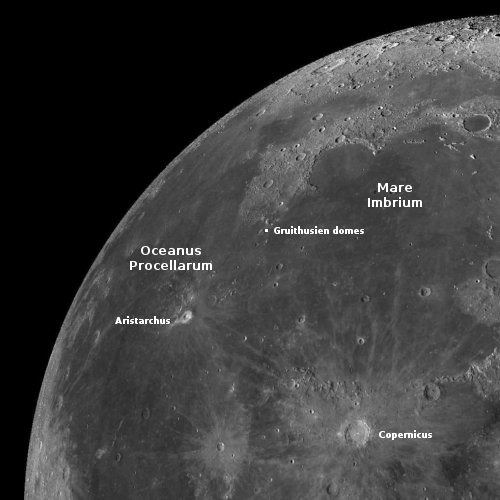India gets nine bids involving 30 companies on proposal to build satellite constellation
Capitalism in space: India’s space agency in charge of promoting commercial space, In-Space, has received nine different bids involving 30 Indian companies on its proposal that an Earth observation satellite constellation be built by a private company, not by the country’s space agency ISRO.
The regulator had sought “expressions of interest” (EoI) in July to build home-grown satellite constellations as part of a broader strategy to monetize the sector and ensure data sovereignty.
India is doubling down on its small satellite and data services market to carve out a leading role in the global commercialization of space. The market for such services, increasingly key for industries ranging from telecoms to climate monitoring, is projected to reach $45 billion by 2030.
The applicants for IN-SPACe’s latest effort in this regard include startups such as Google-backed Pixxel and Baring Private Equity-backed SatSure, as well as larger entities like Tata Group’s Tata Advanced Systems. The companies did not immediately respond to requests for comment.
This is all part of the Modi government’s effort to shift from a government-run space program, controlled by ISRO, to the capitalist model where private companies compete for business and there is no “program” at all, at least not one that controls everything. The government becomes nothing more than one of many customers, buying services and products from the private sector to achieve its “program”. The companies in that sector then follow their own goals, and profit and innovation dictate who succeeds best. The result under this freedom model is always more development faster for less cost.
Hat tip to BtB’s stringer Jay.
Capitalism in space: India’s space agency in charge of promoting commercial space, In-Space, has received nine different bids involving 30 Indian companies on its proposal that an Earth observation satellite constellation be built by a private company, not by the country’s space agency ISRO.
The regulator had sought “expressions of interest” (EoI) in July to build home-grown satellite constellations as part of a broader strategy to monetize the sector and ensure data sovereignty.
India is doubling down on its small satellite and data services market to carve out a leading role in the global commercialization of space. The market for such services, increasingly key for industries ranging from telecoms to climate monitoring, is projected to reach $45 billion by 2030.
The applicants for IN-SPACe’s latest effort in this regard include startups such as Google-backed Pixxel and Baring Private Equity-backed SatSure, as well as larger entities like Tata Group’s Tata Advanced Systems. The companies did not immediately respond to requests for comment.
This is all part of the Modi government’s effort to shift from a government-run space program, controlled by ISRO, to the capitalist model where private companies compete for business and there is no “program” at all, at least not one that controls everything. The government becomes nothing more than one of many customers, buying services and products from the private sector to achieve its “program”. The companies in that sector then follow their own goals, and profit and innovation dictate who succeeds best. The result under this freedom model is always more development faster for less cost.
Hat tip to BtB’s stringer Jay.





